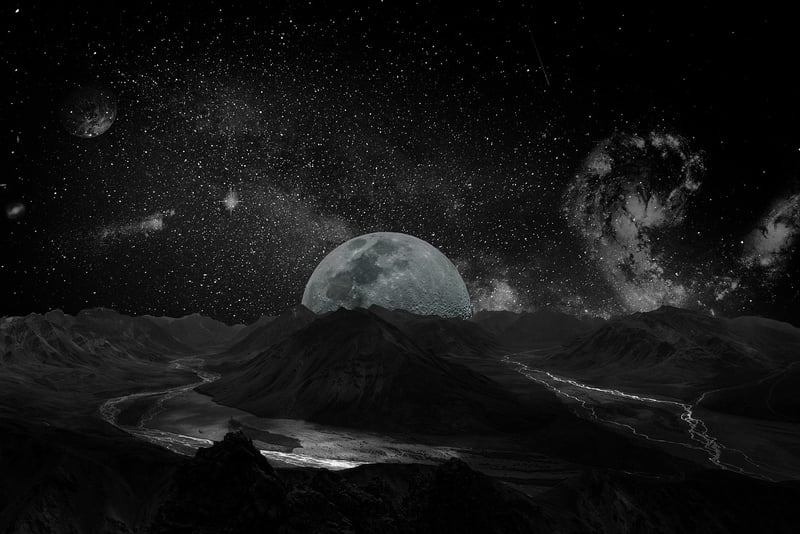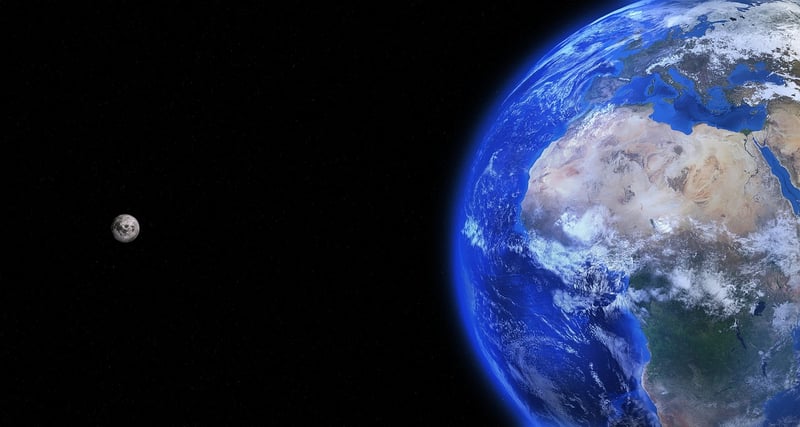Solar Colonization
Exploring Diverse Stellar Systems for Future Solar Colonization
As humanity ventures further into the cosmos, the exploration of diverse stellar systems beyond our own becomes increasingly crucial. Understanding the characteristics of different stars and their planetary systems is not only fascinating from a scientific perspective but also holds the key to potential future solar colonization endeavors. Let's delve into some of the most intriguing stellar systems that could pave the way for human expansion beyond our solar system.
1. Alpha Centauri System
The Alpha Centauri system, located just over four light-years away from Earth, consists of three stars: Alpha Centauri A, Alpha Centauri B, and Proxima Centauri. Proxima Centauri, a red dwarf star, is of particular interest due to its potentially habitable exoplanet, Proxima b. Studying this system could provide valuable insights into the potential for interstellar colonization.

2. TRAPPIST-1 System
The TRAPPIST-1 system, located 39 light-years away, gained attention for its seven Earth-sized exoplanets, some of which are within the habitable zone of the star. With the possibility of multiple potentially habitable worlds in one system, TRAPPIST-1 presents a unique opportunity for studying planetary diversity and suitability for colonization.

3. Kepler-186 System
Kepler-186 is a star system located 582 light-years from Earth and is home to the first Earth-sized exoplanet discovered within the habitable zone of its star. Kepler-186f offers insights into the potential for rocky, Earth-like worlds in distant systems and serves as a target for further exploration and potential colonization.

4. Proxima Centauri System
Proxima Centauri, the closest known star to the Sun at just over four light-years away, has garnered attention for its potentially habitable exoplanet, Proxima b. Understanding the dynamics of this system and the prospects for sustaining life on Proxima b could be key to future colonization efforts.

Future of Solar Colonization
Studying diverse stellar systems not only expands our knowledge of the universe but also lays the groundwork for potential future solar colonization. By understanding the distribution of habitable worlds, planetary characteristics, and the challenges posed by interstellar travel, humanity can begin to envision a future where humans may one day call other star systems home.
Exciting times lie ahead as we continue to unravel the mysteries of the cosmos and pave the way for the next chapter in human exploration and colonization beyond our own solar system.
